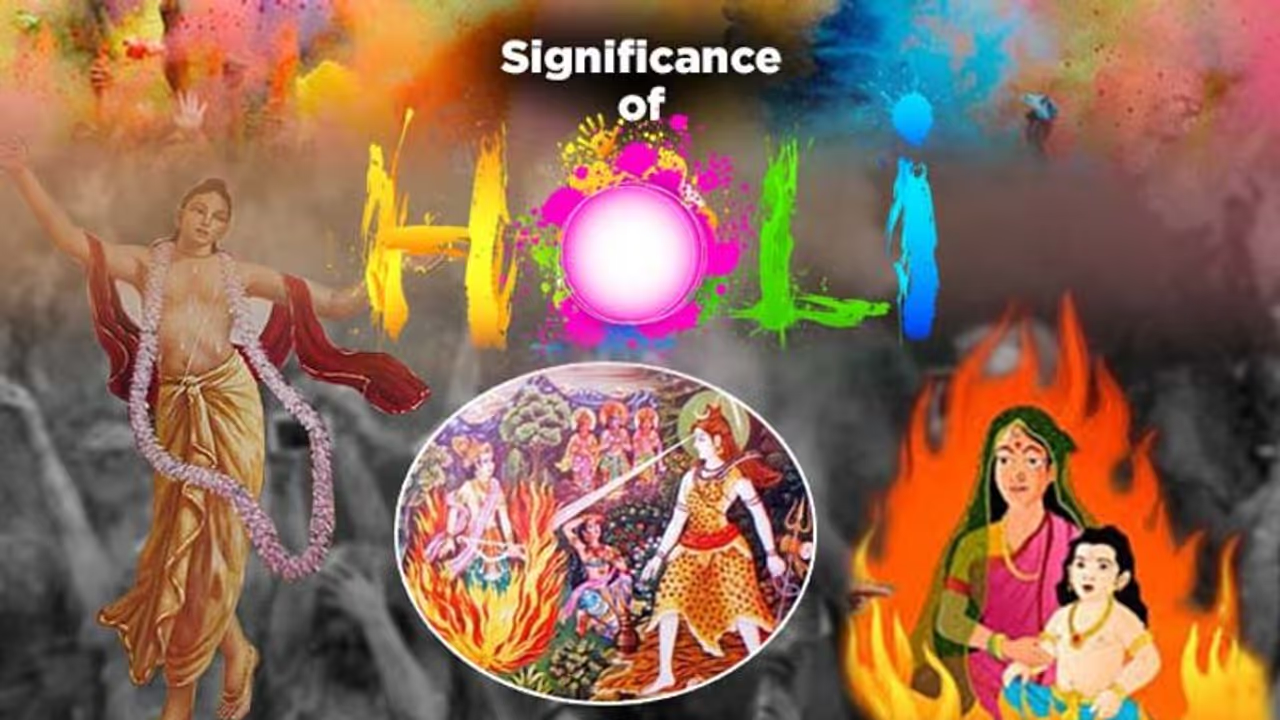As the nation celebrates the festival of Holi with glee, let’s try to understand its significance
Bengaluru: It’s that time of the year when we forget all our miseries and resort to joie-de-vivre!
As we transition from winter to spring, heralding salubriousness, we all celebrate the grand festival of Holi and its vibrancy.
With a riot of colours, a galaxy of songs and mirth unlimited, Holi signifies everything that is blissful and positive.
In this small writeup, we try to understand the significance of the festival, celebrated all across India and even by followers of myriad faiths.
Chaitanya Mahaprabhu Jayanti:
Firstly, it was on this day that the spiritual colossus called Chaitanya Mahaprabhu was born. An epitome and exemplar of Bhakti, Chaitanya led the path to salvation by undivided devotion to God.
So undoubtedly, the festival has a spiritual connect to it.
Next is the mythological significance.
Demoness Holika killed:
One of the mythological stories goes like this: There was a demon king by the name Hiranyakashipu. On the contrary, he had a son by name Prahlad who was blessed with diametrically opposite divine traits and tenets. Much to the demon king’s chagrin, Prahlad developed extreme devotion to Lord Vishnu. So with a motive to exact revenge, the king ordered his sister Holika to seat him on her lap and enter an inferno-like place. It is to be noted that Holika was blessed with a boon that she would be untouched by fire. But as she entered, she was reduced to ashes while Prahlad was saved because his extreme devotion to Lord Vishnu acted as an insulation.
On the other hand, the boon which Holika had had, did not see the light of day as she was using if for an evil purpose.
Therefore, the concept of Holi is that evil is burnt while virtues are honoured. The concept of Holika Dahan also came into existence.
Demoness Putana killed:
The second story relates itself to the death of demoness Putana. In the Maharabharata, she was sent by king Kamsa to breastfeed infant Krishna with poisoned breastmilk, with the malevolent intention of killing him. But Krishna killed her, thereby by upholding good over evil.
Kamadeva gets killed:
Lord Shiva was disturbed by Cupid god Kamadeva as he penanced. Infuriated by this, Lord Shiva opened his third eye, burning Kamadeva.
Kama in Sanskrit means lust or desires in general. Therefore, the festival assumes significance that God kills lust or desires, thereby granting salvation to the devotees.
It also has significance in that Kamadeva sacrificed himself for the good of the world. He disturbed Shiva in his meditation because, if Shiva sat that way, the world would get imbalanced.
So with a view to thwart such imbalance, Cupid god had no other option but to disturb him for the welfare of the world.
Later, when Shiva educated himself about Kamadeva’s real intention, he blessed him with salvation.
Social significance:
Festivals are an opportunity to unite the people of the country, fostering fraternity. Holi is no exception. As it is played by everyone – irrespective of their faith, caste or creed – Holi becomes a unifier, burying all the differences and promoting oneness.
